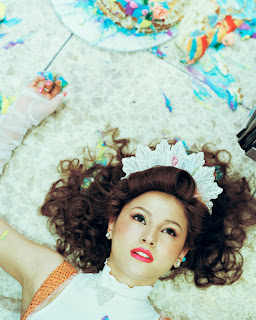Identity can be
outlined in copious ways, but generally speaking identity can be described as
someone’s sense of self, however it’s something that isn’t classed as steady,
but something that can be altered over a period of time due to several aspects,
for example identity responds to events that may have been encountered and
experiences that have occurred such as responsibility, work, awareness, concentration,
disposition and so forth. Identity has so many crucial characteristics which
put together create individuality and begs many questions such as ‘Who do I think
I am’, ‘What do others think of me’ and so on. There can be many conflicting
issues regarding identity such as culture, sexuality and ethnicity.
Identity is a
concept that is continually being used in a variety of subjects especially in
terms of psychology and sociology, and is common thing to entwine into
photography. The saying often goes ‘a picture tells a thousand words’; through
photographs you have the ability to discover identity and not only ascertain
the obvious things that are apparent in photographs but also the underlying
story behind it. Identity in photography can change correspondingly to what the
photograph is aimed to show and the field of photography it lies within.
 |
| By Ken Ohara |
.jpg)



.jpg)




